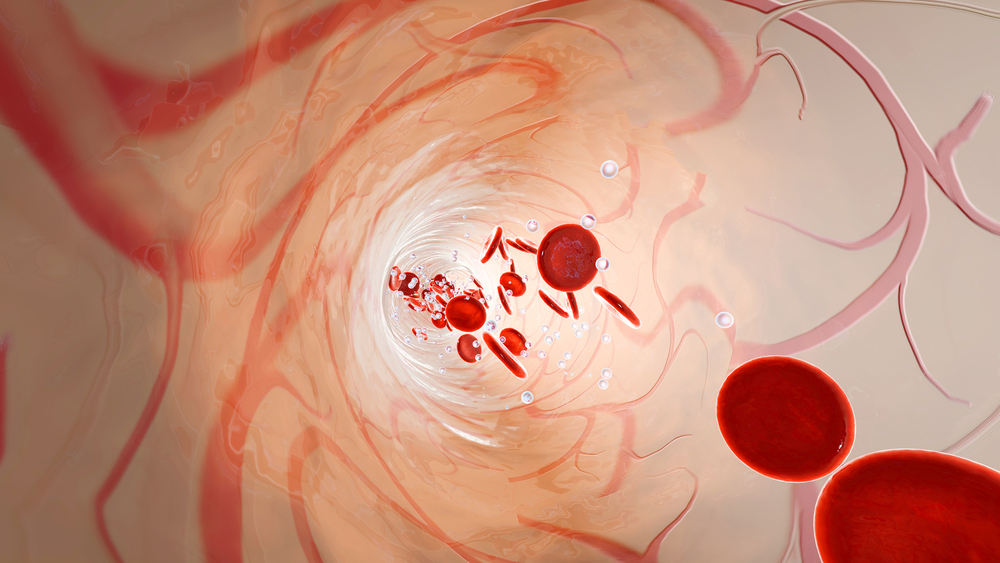TLR3 Immune Receptor Seen As a Promising Therapeutic Target in Rat Study

Stimulating the activity of an immune system receptor called TLR3 led to a reduction of pulmonary hypertension (PH) symptoms in a rat model of the disease, making TLR3 a promising therapeutic target for treating the condition in humans.
Researchers said that using treatments to restore TLR3 activity, which is reduced in patients with PH, may become a new avenue to complement existing treatment strategies.
The study, “Toll-like Receptor 3 is a Therapeutic Target for Pulmonary Hypertension,” was published in the journal American Journal of Respiratory and Critical Care Medicine.
Pulmonary arterial hypertension (PAH) is marked by the proliferation of vascular smooth muscle cells, which compose the walls of blood vessels, and the programmed death, or apoptosis, of endothelial cells, which line the inner surface of blood vessels.
Together, these processes lead to important changes in blood vessels, including pulmonary arteries. These include a narrowing and blocking of the blood vessels, which leads to PH.
Multiple mechanisms likely contribute to endothelial cell death, and identifying targetable ones remains an important goal for researchers.
Recently, Toll-like receptor 3 (TLR3) has been identified as being involved in protecting from blood vessel damage. TLR3 is a receptor that plays a fundamental role in the recognition of pathogens, or harmful organisms, and the activation of innate immunity, which first responds to an injury or attack by infectious agents.
TLR3 is activated by double-stranded RNA molecules, usually a sign of viral infection but which also can be produced by healthy or dying cells.
Based on this knowledge, a team of researchers from Virginia Commonwealth University in the U.S., and the University of Sheffield and the University of Oxford in the U.K., investigated whether the activation of TLR3 and innate RNA recognition could be a method of protecting against PH.
First, they demonstrated that TLR3 levels are reduced in lung tissue and endothelial cells from PH patients.
Next, using a rat model of the disease, they showed that TLR3 deficiency increases the susceptibility to apoptosis and the severity of PH symptoms.
Then, they demonstrated that when the rodents were treated with a high dose of an agent that activates TLR3 (called double stranded RNA polyinosinic:polycytidylic acid), receptor levels increased in endothelial cells and PH symptoms significantly improved.
The treatment prevented an increase in right ventricular systolic pressure and in the thickness of pulmonary artery blood vessels, and it reduced right ventricular failure. It also diminished endothelial cell apoptosis and smooth muscle proliferation.
The data suggest that the protective role of TLR3 activation is regulated by the production of a cytokine, a small signaling protein that regulates cell function and communication. In this case, the cytokine is called interleukin 10, or IL-10, which is known to counteract inflammation.
The research identifies a new role for TLR3 in PAH, given the findings that reduced levels of TLR3 contribute to endothelial apoptosis and pulmonary vascular remodeling, researchers said.
“We propose that TLR3 expression is required for endothelial cell homeostasis and that restoring TLR3 signaling may be a novel avenue to complement existing treatment strategies in Pulmonary Hypertension,” they concluded.







